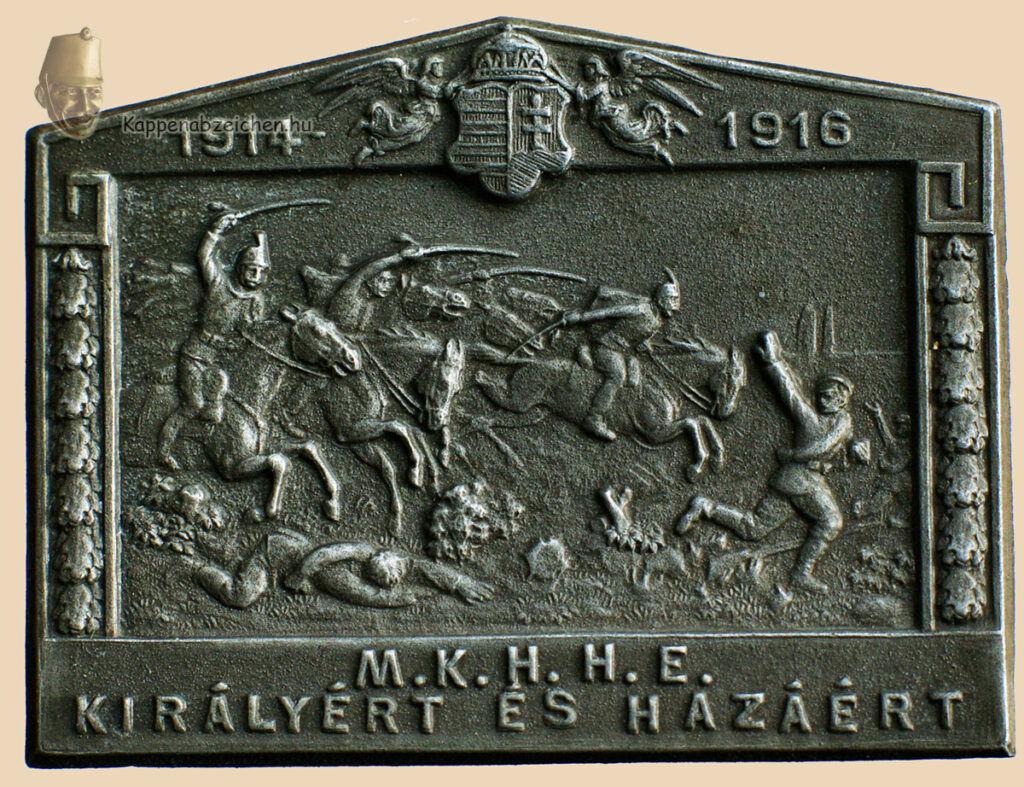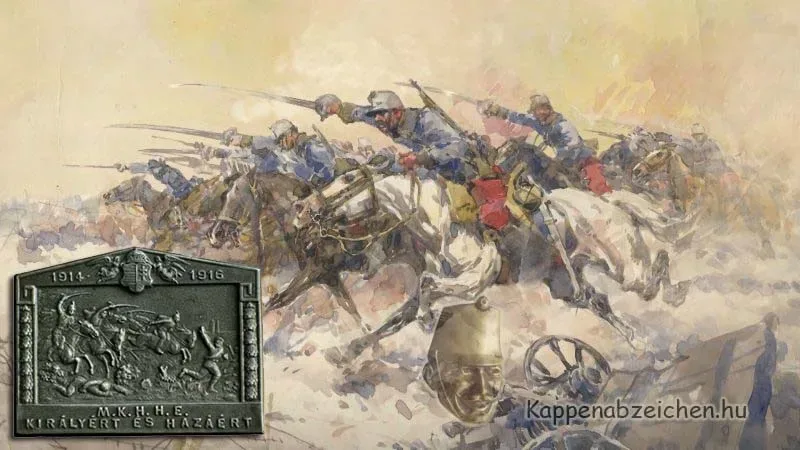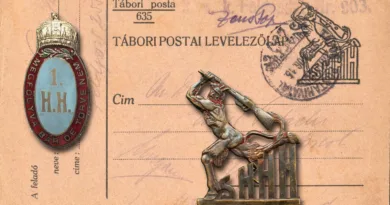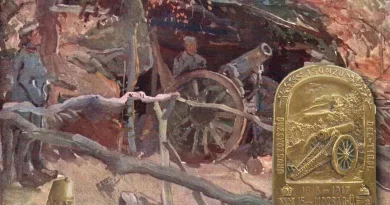Hussar attack
The troops of the armed forces were often judged by the public based on stereotypes that were far from reality. In connection with the hussars, the image of horsemen charging swiftly in a large combat formation burned into the public consciousness. The image was also strengthened with the means of propaganda. In Hungary, the hussars, as a Hungarian cavalry, were particularly loved and admired. However, the hussars were only rarely used for the big cavalry charge that decided the battle. This happened especially during the 1848-49 War of Independence. Even then, for lack of a better option, since the Hungarian Republic did not have battle-deciding heavy cavalry. The hussars were rather light horsemen suitable for reconnaissance, quick battlefield operations and encirclement. In the first weeks of the Great War, the cavalry raids carried out on open ground immediately ended in tragedy, as happened, for example, with the Gorodok raid.

Despite this, the propaganda machine of the Monarchy continued to spin the nimbus built around the hussars. This is also shown by the many postcards, paintings and cap badges depicting hussar attacks. In addition to the depiction of raids, the image of a swarm or individual hussars on patrol, harassing smaller Cossack troops, also appeared. In any case, the horse charge remained the main motif on the cap badges. In this post, I present the badge of the Honvéd Hussars. On the badge the all-consuming hussar attack already tramples the enemy artillery on the battlefield. The image of the badge could have been based on a contemporary painting similar to the one presented here. The motif of the insignia also appears on the Kappenabzeichen of other hussar formations.




